Artist Andrew Werby creates sculpture in natural and organic forms, using fascinating technologies. Learn more about his work by visiting his website.
What inspires you?
For me, natural objects are an inexhaustible source of sculptural inspiration. I’m fascinated by the little details, the fine textures, the subtle variations of form that they all display. But I’m not content with simply reproducing them; I feel that their artistic significance is brought into focus when I combine one with another so that something new emerges. I build on these liaisons, trying to add elements that all work with each other to become something that has an organic unity of its own.
What are you working on now?
I started this vein of work using traditional techniques like molding, welding, and casting to produce sculpture, jewelry, furniture and other art objects. But lately I’ve been taking advantage of the revolution in digital technology that’s occurred in the last couple of decades to extend the range of things I can do.
So now, instead of making molds of natural specimens as before, I make 3D scans which capture their surface information as digital models. Rather than welding wax castings together, I can bring my scans into a computer modeling environment which affords much greater freedom in how the individual models can be manipulated and merged, using tools like mirroring, arraying, scaling and distorting to bring out the qualities that make each object unique.
And once I’ve produced something that satisfies me, I use technology like additive 3D printing or subtractive computer-controlled carving to bring these virtual sculptures back into physical reality.
What are your goals?
My main ambition is to wake people up to the intrinsic beauty of the natural world that surrounds us, but which largely passes in front of our eyes unseen. If the richness of nature is noticed and appreciated, then it can be valued and conserved rather than wasted and spoiled. By taking natural forms and textures out of their usual contexts and incorporating them into art, I’m attempting to get around the brain’s tendency to identify and dismiss everything that’s not of immediate utility.
Obviously, though, if nobody sees my work, it’s not going to have much effect on the world. So despite a natural tendency toward reclusiveness, I’ve been engaged in a campaign of outreach, arranging to show art pieces in venues around the world.
Fortunately, although it’s difficult for most people to engage with art that doesn’t conform to their preconceptions of what art is supposed to look like, there has been a good deal of interest in the technology I use to produce it, which has led to a number of exhibition opportunities.
Consequently I’ve also become an evangelist for new technology in sculpture, starting websites like ComputerSculpture.com to introduce cost-effective ways for others to take their own work to new levels, and 3DScanHub.com for distributing 3D scans of sculpture and other objects.
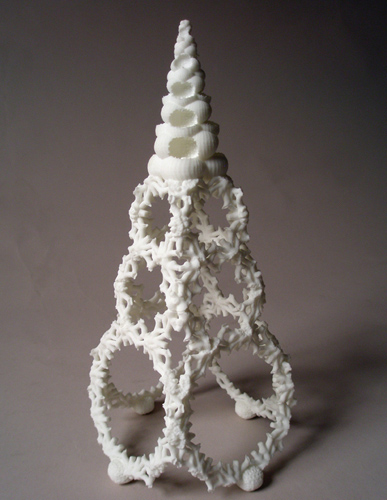
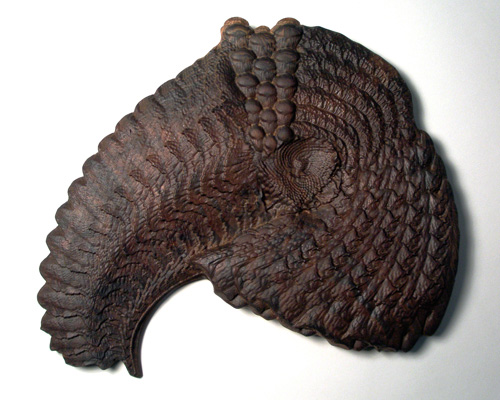
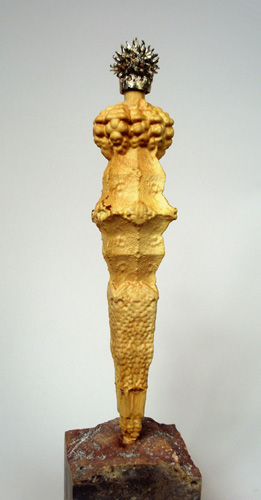
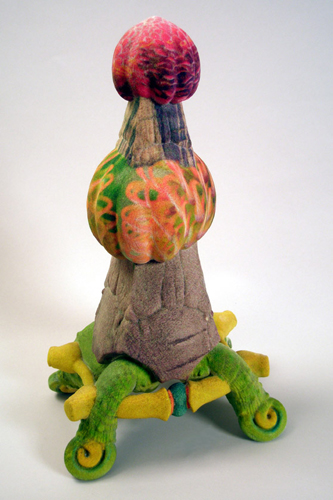
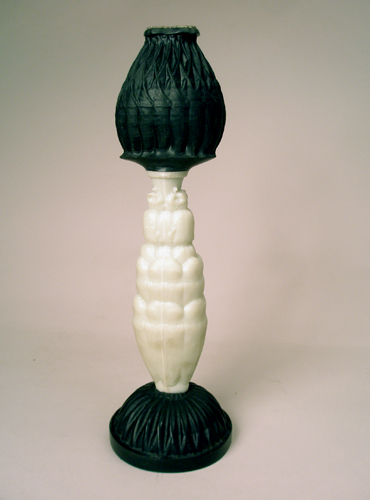
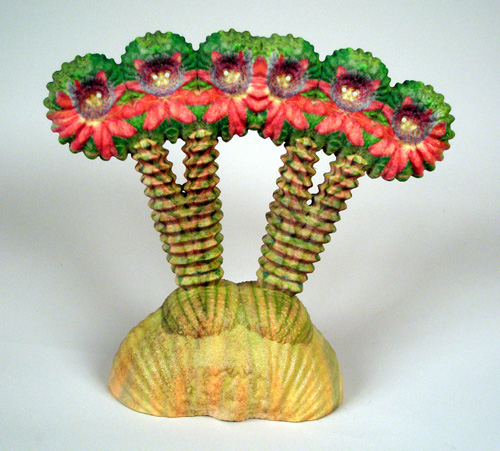
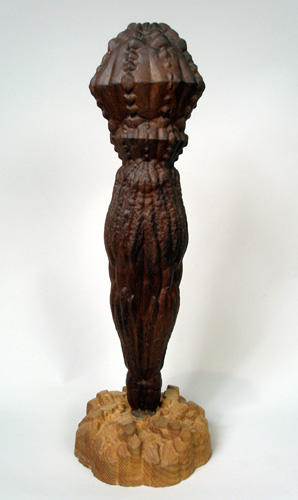
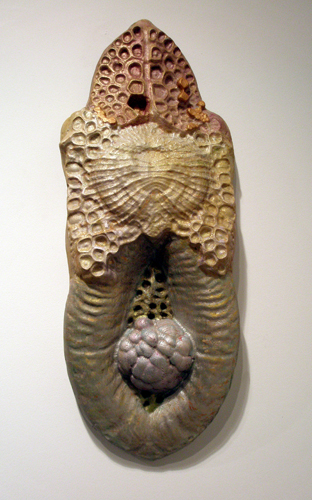


wow…that’s pretty fascinating!!